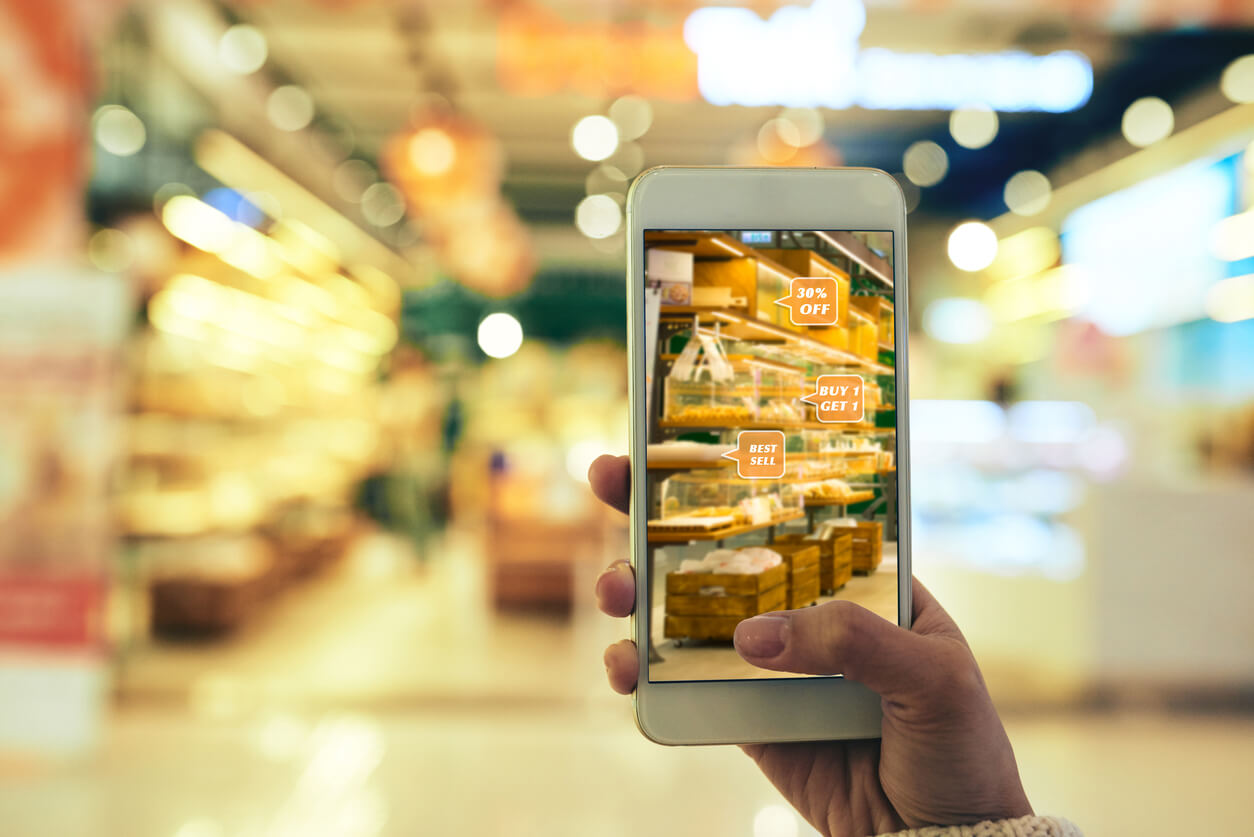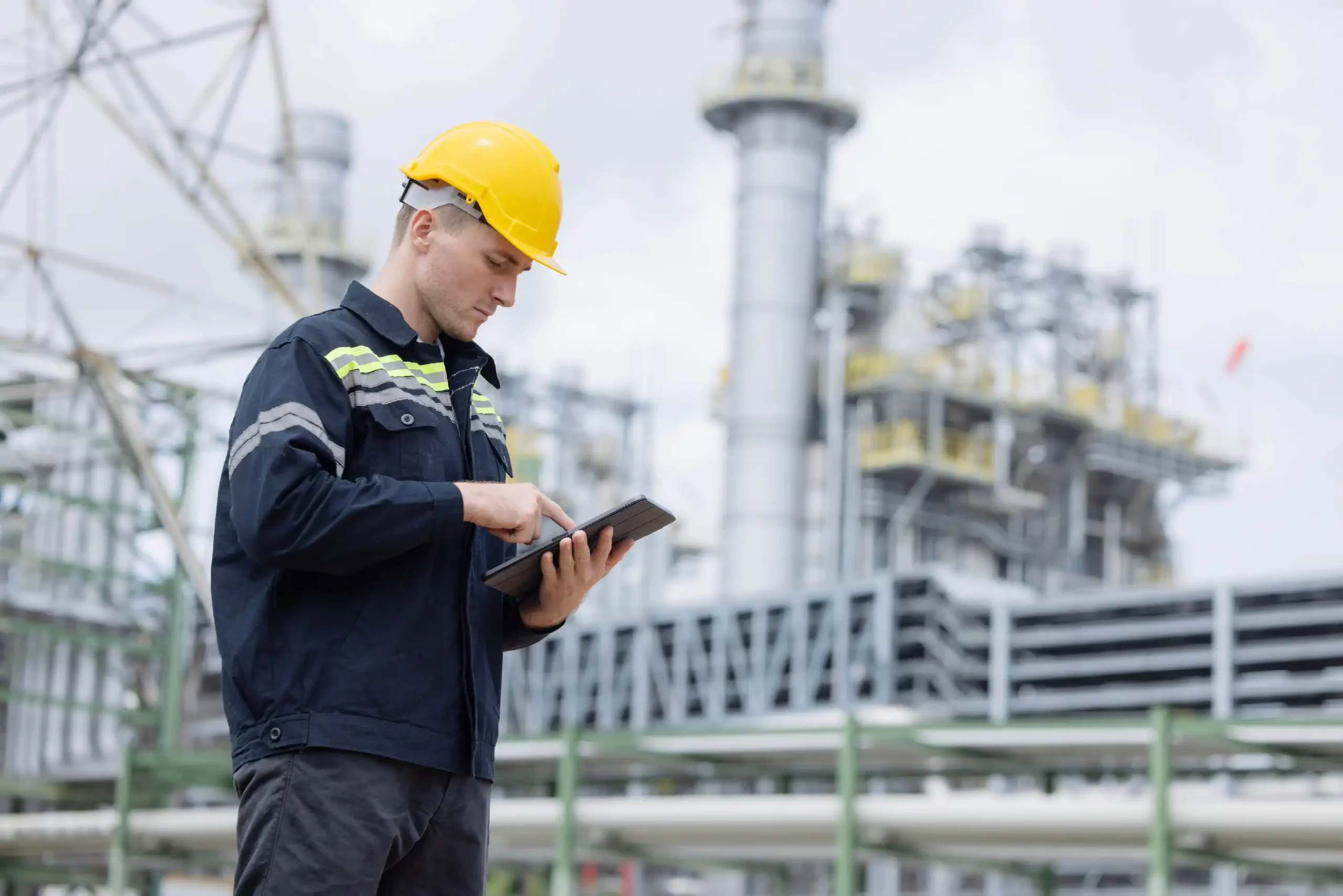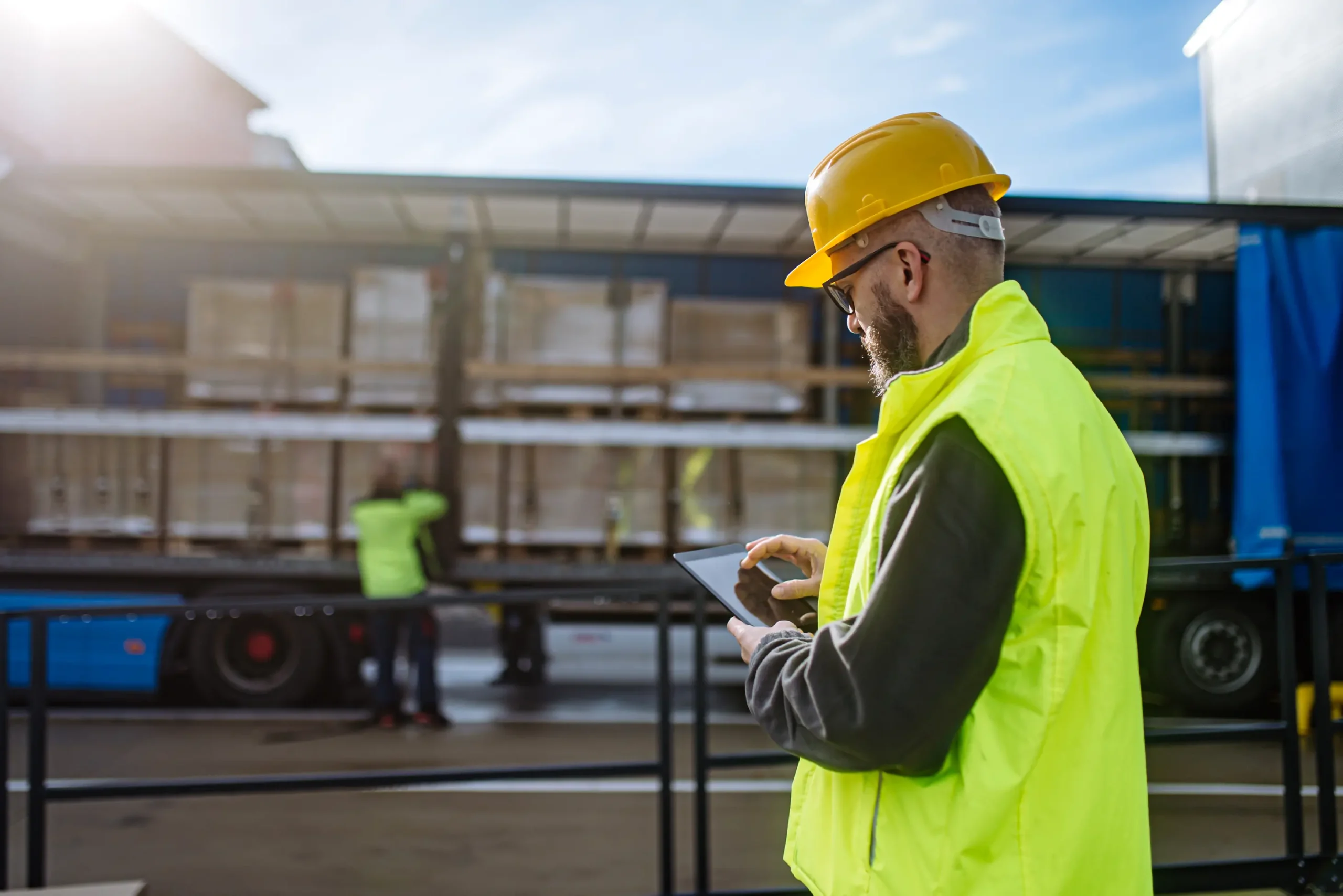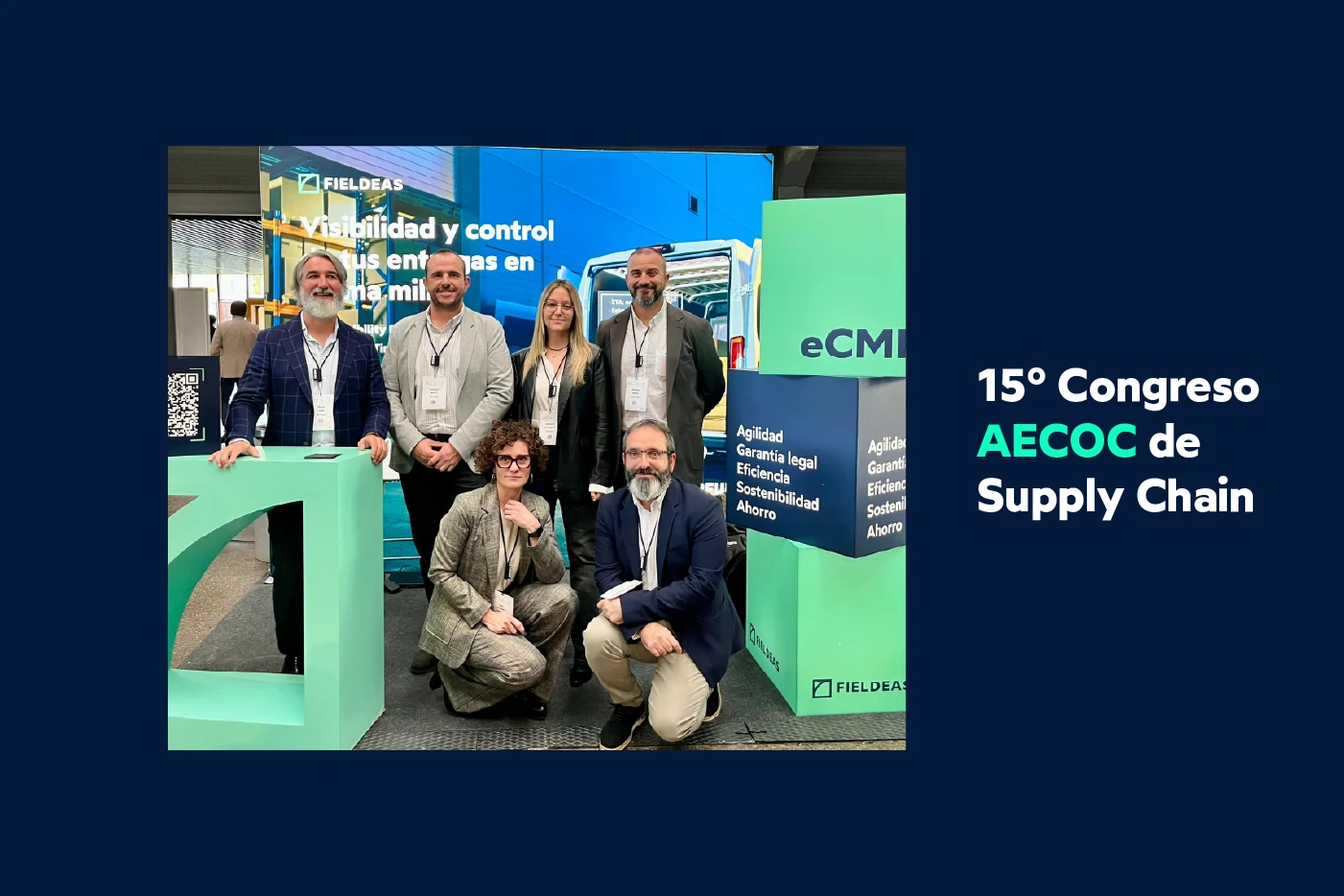The application of augmented reality in the transportation sector
A tool that goes beyond the world of videogames


Much has been said about augmented reality applied to different sectors, and no wonder, since it is postulated as one of the ten technological trends that we should not lose sight of.
Far from the predisposition to think that its application will be reduced only to video games or apps, it has burst with force in numerous fields, extending its influence to numerous sectors. Among them: industry, real estate, tourism and medicine.
The transport sector is another example of this, where it becomes a key tool, both at a security and organizational level, leading to savings in costs and delivery times. How? We tell you about it below.
How it will improve safety, logistics organization and delivery of goods
Many Android or iOS app stores are already starting to include products that incorporate augmented reality. One of the most recent successes has been Pokémon Go, although Yelp was already ahead of the curve in 2009 by introducing its first augmented reality feature.
Thanks to augmented reality, it is now possible to visualize an engine or an industrial part on a desk as if it were real, or a detail of a specific process in which the part is involved to study its operation in a realistic way, without having to settle for a manual or a video demonstration.
Thanks to augmented reality, it is now possible to visualize an engine or an industrial part on a desk as if it were real.
In the field of logistics, augmented reality has very specific applications, with specific advantages such as:
– Warehouse organization: this activity accounts for approximately 20% of a company’s logistics costs. Technology can be applied to improve material picking , minimizing errors and reducing time in the search for goods thanks to digital navigation. This application offers the design of the most direct way to access the stored goods.
– Checking the integrity of the goods: augmented reality applications allow the creation of an accurate record of data on a particular product; using recognition software, they can track any kind of goods, checking their integrity during operations.
– Optimization of the loading process: this is one of the main improvements with augmented reality; by providing operators with smart devices, packages are handled more rigorously and are always ready for delivery.
– Transportation safety: smart devices act as substitutes for navigation systems, which would otherwise force drivers to take their attention away from the road.
– Delivery of goods: using facial recognition technologies , deliveries of certain products are approved or discarded without the need for the recipient to sign or present documents to identify himself/herself.
– The training and qualification process: operators can work with devices whose software shows a realistic scenario with the steps to be followed to successfully carry out the appropriate operation at any given moment.
But in addition to the above advantages, the benefits obtained at a global level are related to a reduction of the margin of error and, therefore, to an increase in productivity. While the augmented reality in the transportation sector is predestined to become a must, not only because of its obvious advantages in the entire logistics process of companies, but also because its improvement and optimal implementation will be the key to the competitiveness of any organization in the future.
The way? Investing in training and in teams that assume that changes are happening at breakneck speed, and with the ability to adapt to them.

07 Nov 2025
Measuring to improve: why your digital form needs KPIs
In the current business scenario, where efficiency and traceability are key to competitiveness, the digital form has become an essential resource for capturing, organizing and analyzing data in real time….

04 Nov 2025
How to integrate eCMR into your company: A step-by-step guide to digitizing transportation
We have already talked several times in this blog about the importance of starting the digital transformation of transportation with document digitalization or eCMR. On this occasion, we are going…

31 Oct 2025
How digital forms drive sustainability in industry
Digital forms have gone from being a simple operational tool to become an essential component of industrial sustainability strategies. Beyond replacing paper, its use transforms the way organizations collect, manage…

29 Oct 2025
Supply chain challenges and the key role of digitization
The 15th edition of the AECOC Supply Chain Congress brought to the table the main challenges facing the supply chain in an uncertain, volatile and highly competitive environment. Under the…